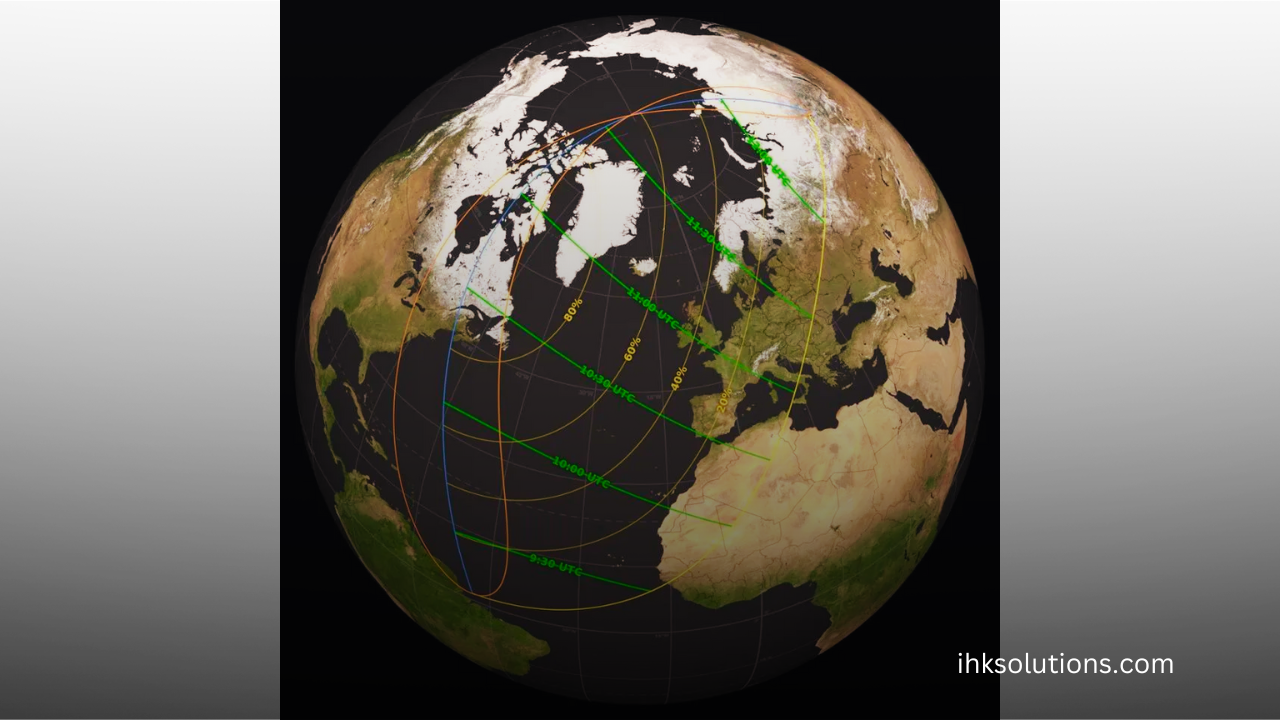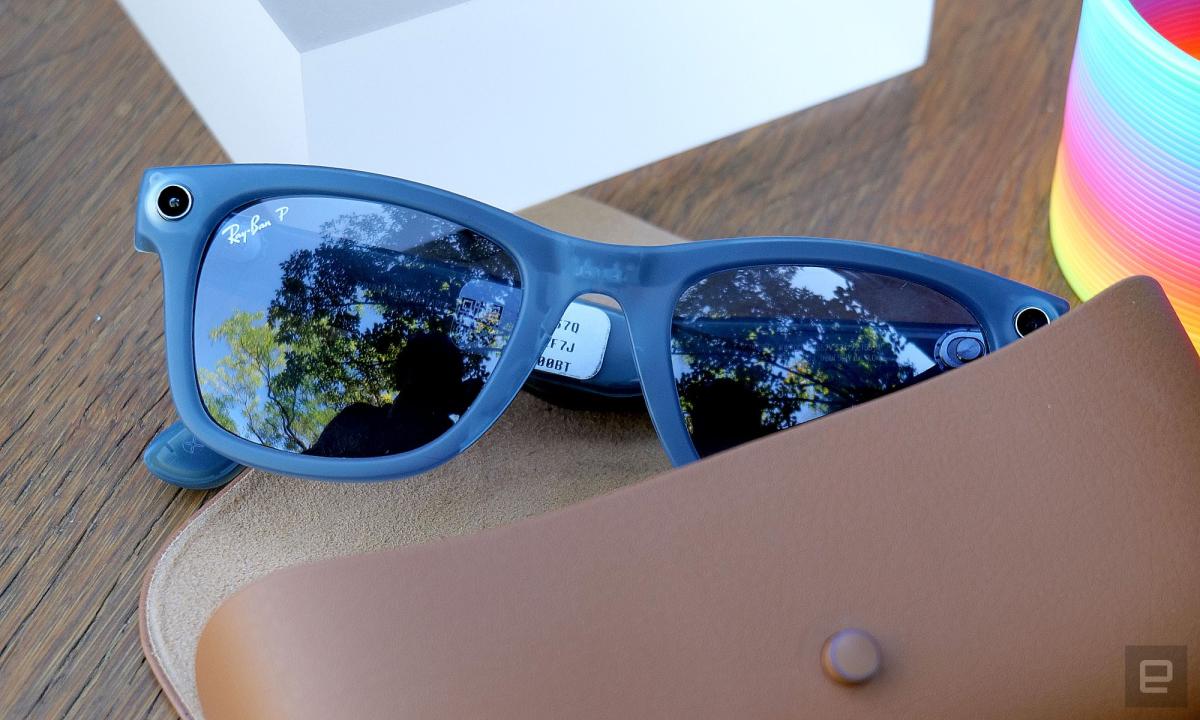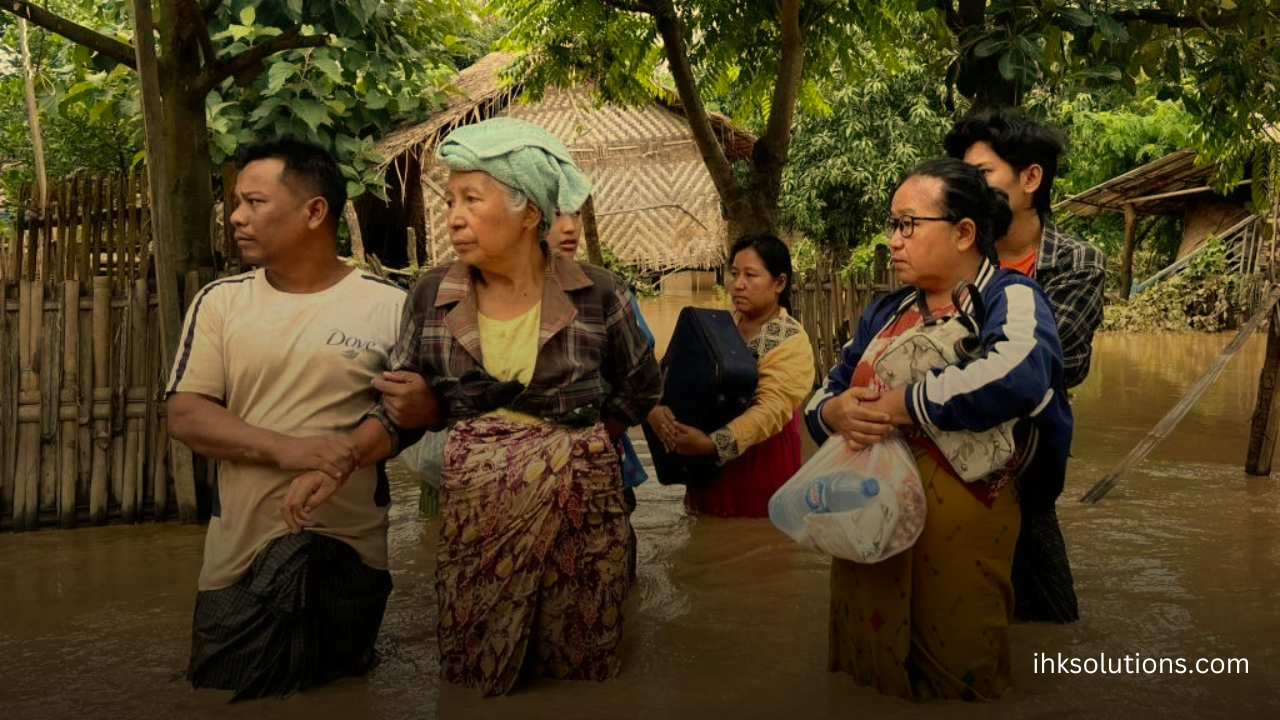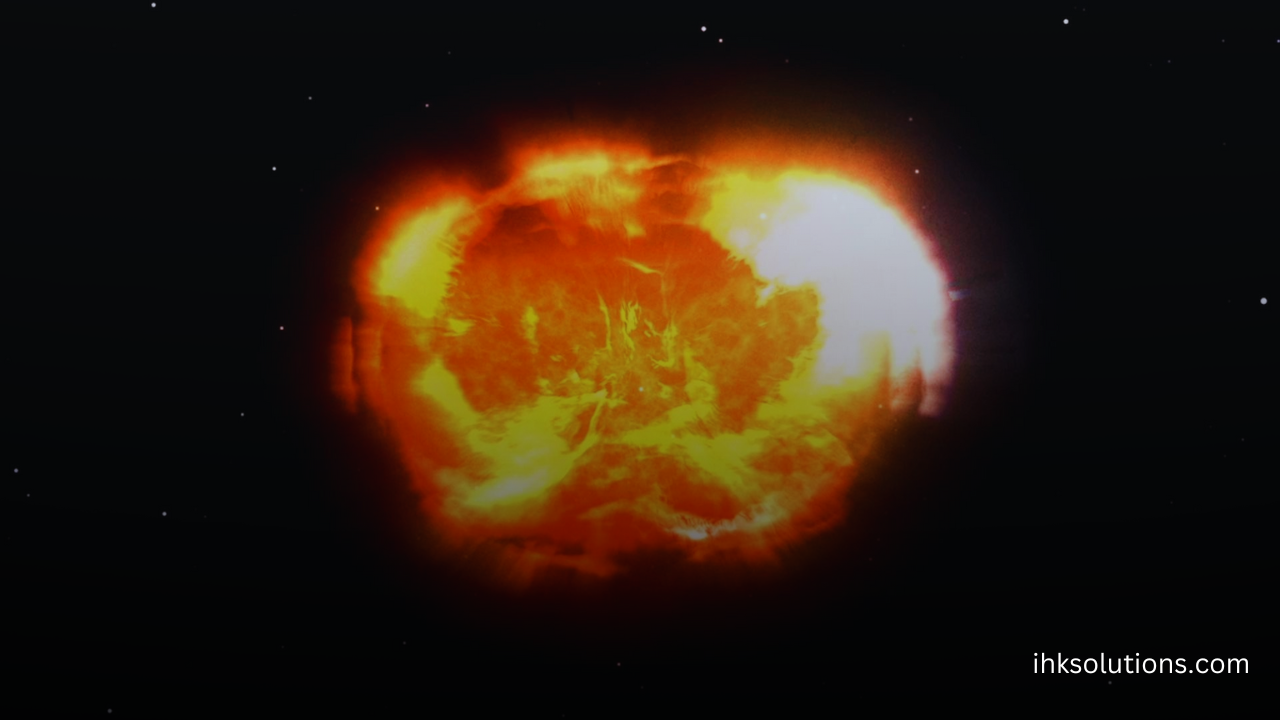Last Night’s ‘Blood Moon’ Eclipse Set Up A Solar Eclipse For The U.S. And Canada — Where To See It

Last Night’s ‘Blood Moon’ Eclipse Set Up A Solar Eclipse For The U.S. And Canada — Where To See It
On March 29, 2025, people in eastern Canada, the northeastern U.S., northwestern Europe, western Africa, and northwest Russia will get to witness a partial solar eclipse. The best view will be in northern Quebec, Canada, where up to 93% of the sun will be covered.
In the U.S., being farther northeast will mean a deeper and longer eclipse, with Washington D.C. seeing only 1% and northern Maine 86%, with Boston experiencing about 50%.
For those in the northeastern U.S. As the sun rises, the eclipse will already be in progress across parts of Canada. On the U.S. East Coast and in eastern Quebec, early risers will witness a stunning sight—the sun appearing as a crescent just above the horizon. This rare phenomenon, sometimes called a “horned sun,” happens when only two points of the sun are visible as it rises (weather permitting).
Meanwhile, observers in Europe and Africa will experience the eclipse later in the day, with the level of coverage varying by location. Iceland will see about 70% of the sun obscured, while London will experience 30%, Paris 23%, and Berlin 15%. In a remote part of Siberia, the eclipse will create a dramatic sunset.
For exact eclipse timings in your area, check Timeanddate.com’s Eclipse Calculator. Iceland will see 70%, London 30%, Paris 23% and Berlin 15%. A rare eclipsed sunset will be visible from a remote part of Siberia, Russia. If you want to check the exact timing for your location, you can use the Eclipse Calculator on Timeanddate.com.
Remember, it’s crucial to protect your eyes when watching any part of the eclipse. Always use eclipse glasses that meet the ISO 12312-2 international safety standard. You can find reliable options on the American Astronomical Society’s list of approved solar filter and viewer suppliers.
Understanding The Partial Solar Eclipse
A partial solar eclipse happens when the moon covers only part of the sun, rather than blocking it completely like in a total eclipse. This occurs when the sun, moon, and Earth aren’t perfectly aligned. Unlike a total eclipse, which briefly turns day into night, a partial eclipse doesn’t create complete darkness. However, it’s still important to wear eye protection since even a small bit of the sun can be harmful to your eyes.
How A Solar Eclipse Relates To A Lunar EclipseThis partial solar eclipse is happening just two weeks after the total lunar eclipse on March 13-14, 2025. That’s because lunar and solar eclipses follow a natural cycle. During a lunar eclipse, the full moon aligns perfectly with the Earth and the Sun, passing through Earth’s shadow. Two weeks later, that alignment—called syzygy—is still close enough for a new moon to create a solar eclipse (or the other way around). This cycle happens every “eclipse season,” which comes around twice a year.
Background
A solar eclipse happens when the moon moves between the Earth and the Sun, blocking some or all of the Sun’s light and casting a shadow on our planet. Since the moon’s orbit is slightly tilted compared to Earth’s, we don’t get an eclipse every month. When one does occur, it can be total, annular, or partial, depending on how perfectly the moon lines up with the Sun and where you are on Earth. The upcoming solar eclipse on March 29, 2025, will be a deep partial eclipse, according to EarthSky.



